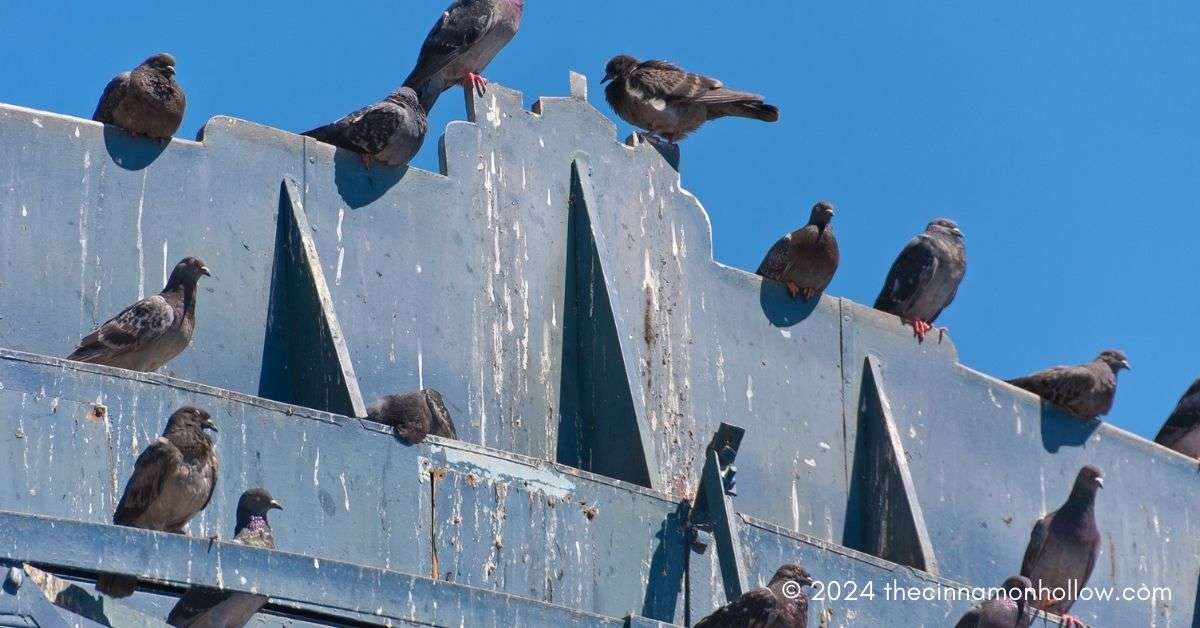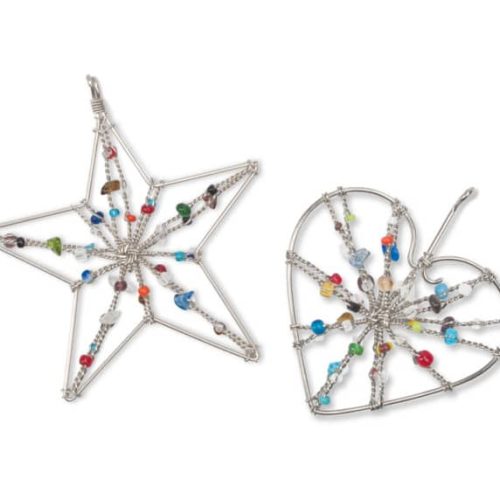With their remarkable ability to adapt to urban environments, Pigeons frequently inhabit historic buildings and monuments, posing specific preservation and public health challenges. These sites, often symbols of cultural heritage, require careful management to prevent damage without compromising their integrity or aesthetic value. The droppings of feral pigeons, which are acidic, can cause severe deterioration to the stonework and other materials of historic structures. In addition to the physical damage, there are concerns for public health due to the potential transmission of diseases from pigeon populations.
Addressing pigeon infestations in these sensitive locations is not straightforward. Preservationists face the dual challenge of implementing effective and nonintrusive pigeon control methods. Physical barriers such as netting or spikes often serve as the first line of defense, and the newer pigeon control method by OvoControl offers a humane approach by managing pigeon populations through birth control.
Key Takeaways
- Pigeon droppings threaten the integrity of historic structures.
- Control methods must preserve site aesthetics and heritage value.
- Innovative solutions provide humane population management.
Challenges of Pigeon Control in Historic Buildings
Pigeon control in historic buildings presents unique difficulties, balancing the protection of architectural heritage with mitigating physical and health-related damages caused by feral pigeon populations.
Physical Damage to Structures
Historic buildings, often constructed from limestone and calciferous sandstone, are especially susceptible to stonework corrosion due to bird droppings. The acids produced by the bacteria in guano react with soluble salts within the stone, damaging delicate structures. Physical measures to deter pigeons must be noninvasive to avoid further harm to these vulnerable materials.
Health Risks and Disease Transmission
Bird droppings can harbor pathogens responsible for histoplasmosis and chlamydophila psittaci, which pose serious health risks and can be spread through aerosol transmission. The presence of pigeons this elevates the potential for disease transmission among visitors and workers, necessitating careful control measures that comply with public health standards.
Cultural and Historical Considerations
Effective pigeon control must respect buildings’ cultural and historical significance. Any intervention should not visually disrupt the structure’s aesthetic or narrative. This often limits the range of acceptable control methods, prioritizing subtlety and reversibility to maintain historical integrity.
Ecological and Environmental Concerns
Ecological considerations are paramount; control methods should not harm the local pigeon population or disrupt surrounding ecosystems. The growing awareness of environmental impacts requires humane and sustainable pigeon control solutions, ensuring that the feral pigeon population is managed without causing undue ecological disruption.
Pigeon Control Methods for Historic Sites
Historic sites face unique challenges in addressing pigeon infestations and balancing preservation with effective bird control. Innovative strategies and conscientious planning are essential for protecting these structures from damage.
Exclusion and Deterrence Technologies
Physical barriers such as netting and spikes are often employed to prevent pigeons from roosting on historic buildings. Netting can be installed to cover large openings or to create a barrier against birds without detracting from the architectural aesthetics. Spikes, conversely, deter pigeons from landing on ledges, though their application must be carefully considered to maintain the building’s appearance. Further, anti-perching devices like angled strips can prevent pigeons from settling on flat surfaces.
Moreover, technological advances have led to various repellents and decoys that mimic the presence of predators or generate discomforting stimuli for the pigeons, encouraging them to find a different habitat.
Population Control Strategies
When addressing pigeon populations at historic sites, long-term solutions like the pigeon control method by OvoControl are growing in prominence. Such methods focus on reducing reproduction rates in a humane way without harming the existing population.
In some cases, pest control professionals may also use trapping to control population numbers. Capturing pigeons in traps near their favorite spots can effectively reduce numbers, especially when combined with other deterrent methods.
Regulatory Compliance and Ethical Considerations
Efforts to control pigeon populations must align with regulations governing wildlife treatment and preserving historical structures. This requires a deep understanding of regional legislation and, often, working with conservation specialists to assure compliance.
Ethically, there’s a significant push to implement humane solutions. Employing methods that do not cause harm to pigeons is as crucial as protecting the historic structures themselves. Engaging in pest control practices that are effective, ethical, and environmentally responsible is important.
Conclusion
Effective pigeon control in historic buildings necessitates a strategy that honors architectural integrity while mitigating damage. Bird control measures like netting and spikes have proven to be beneficial. However, each solution must balance deterrence and preservation, tailored to the unique needs of the monument. Engaging in continuous maintenance and assessment is imperative to ensure the lasting protection of these historical treasures.







